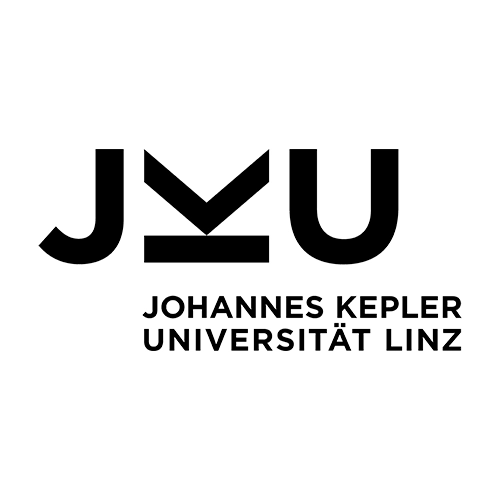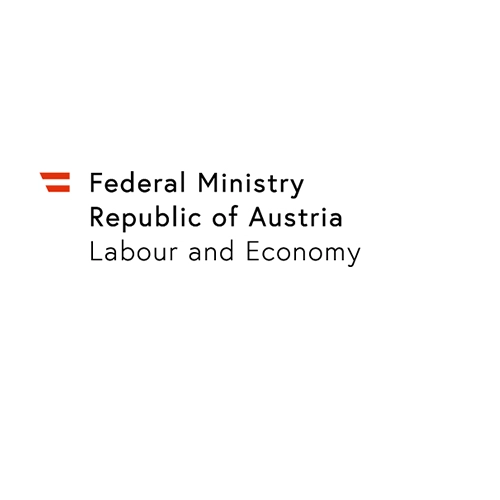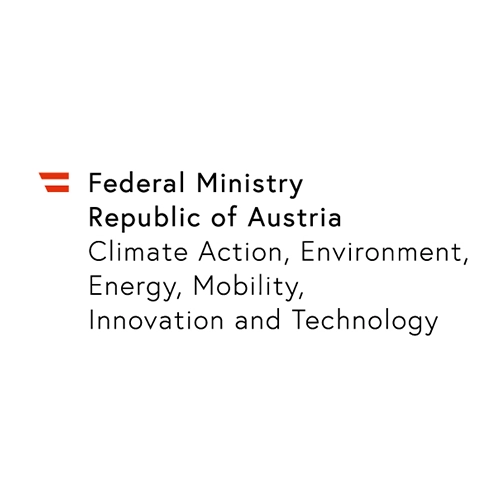Detailed measurements of the electrical properties of solid wood provide the basis for research into wood as a sensor
Wood is the building material of the future and is already widely and successfully used today. However, damage caused by excessive water uptake still represents a major risk. The project „Sensing with Wood“ of the COMET module I³Sense aims at using wood itself as a large-area sensor for such moisture changes. Signals about changes in fundamental wood properties shall be transported directly via the wood construction elements by means of electrically conductive pathways, which are to be developed in the course of the project.
It is well known that the electrical resistance and conductivity of wood are strongly influenced by its moisture content. The first investigations into the electrical properties of wood were carried out as early as the 1920s by Alfred J. Stamm using simple, hand-operated instruments. To keep the complexity of these measurements manageable, only samples of very small dimensions were examined. The sample thickness through which measurements were taken was less than the average fiber length of the wood species (2-3.5 mm). The principles developed in this way are still valid today and have been reproduced many times. However, there is hardly any scientific work in which samples of thickness relevant for building applications were examined with modern equipment. In the I³Sense module, this is now to be changed.
A setup was developed for the use of a digital megohmmeter, which enables reliable resistance measurements on relatively large solid wood samples. Surface currents are shielded by a ring electrode. In order to guarantee reproducible contact between the rough wood surfaces and the electrodes, extensive preliminary tests were carried out with different contact materials and measuring pressures. A conductive foam made of silver-plated fibers is now used, which adapts to the macrostructure of the wood. This foam is further coated with gold leaf, which adheres to the finest wood structures under pressure and ensures ideal contacting of the samples.
In a first step, the influences of wood moisture and anatomical direction on the electrical resistance of spruce wood are now being investigated. The sample thickness of 20 mm corresponds to common lamella thicknesses of wood building products and electrode diameters of up to 80 mm form a significant sample area. Special attention is paid to the statistical analysis. By testing different sets of samples, each consisting of several anatomically comparable samples cut from the same board, new details on correlations between wood anatomy and electrical properties are to be worked out. For this purpose, samples are examined in radial, tangential and axial direction at different wood moisture contents between kiln dryness and the fiber saturation range. The results obtained form a fundamental basis for the use of wood as a sensor and will support the practical implementation of the approaches developed for this purpose.

First results of the resistance measurement on spruce wood provide information about the statistical distribution of the electrical wood properties between different samples.
© University of Natural Resources and Life Sciences, Vienna
Project partner






More details
Lead Partner:
Wood K plus - Kompetenzzentrum Holz GmbH
Project Management:
DI Dr. Martin Riegler
Project Partners:
Industry partners:
KremsChem Austria GmbH,
Stora Enso Wood Products GmbH
Scientific Partners:
ETH Zürich,
Johannes Kepler Universität Linz,
Mendel Universität Brno,
Universität für Bodenkultur
Funding Programme / Project ID:
FFG, KWF, Land NÖ, Land OÖ, BMK, BMAW



This success story was provided by the center management and by the mentioned project partners for the purpose of being published on the FFG website. Wood K plus is a COMET Center within the COMET –Competence Center for Excellent Technologies Programme and funded by BMK, BMAW and the provinces of Carinthia, Lower Austria and Upper Austria. The COMET Programme is managed by FFG. Further information on COMET: www.ffg.at/comet
